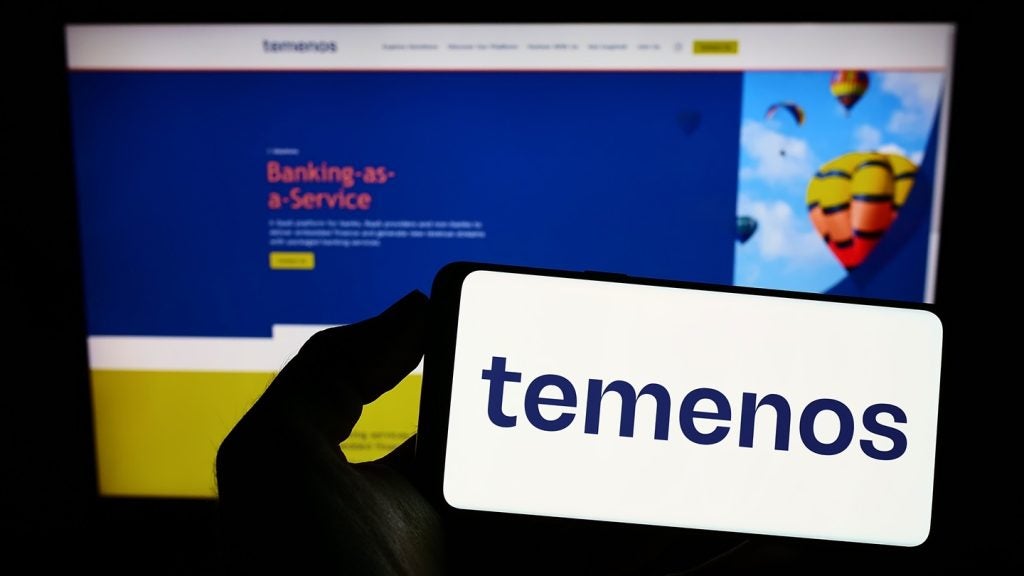TransUnion has been granted a patent for a subpixel structure featuring a light emitting diode (LED) chip on a substrate. The LED chip’s light emitting area is limited to one-tenth of its total chip area, with specific configurations for semiconductor layers and electrode contacts to optimize performance. GlobalData’s report on TransUnion gives a 360-degree view of the company including its patenting strategy. Buy the report here.
According to GlobalData’s company profile on TransUnion, Social media analytics was a key innovation area identified from patents. TransUnion's grant share as of June 2024 was 57%. Grant share is based on the ratio of number of grants to total number of patents.
Subpixel structure with reduced light emitting area
The patent US11996498B2 presents a novel subpixel structure and light-emitting diode (LED) chip design aimed at enhancing the efficiency and functionality of display technologies. The subpixel structure includes a substrate and an LED chip, where the light-emitting area is limited to one-tenth of the chip area. The LED chip comprises a first semiconductor layer, a light-emitting layer, and a second semiconductor layer, each with distinct doping types. Notably, the first and second electrode contacts are strategically positioned to avoid overlapping with the light-emitting region, ensuring optimal light exit. The design allows for multiple light-emitting regions within a single chip, which can be separated by dielectric insulating layers, and supports configurations with multiple electrode contacts.
Additionally, the patent outlines a pixel structure that incorporates multiple LED chips, where the total light-emitting area is constrained to one-thirtieth of the pixel area. This structure maintains the same design principles as the subpixel structure, ensuring that electrode contacts do not interfere with the light-emitting regions. The arrangement of the LED chips can be triangular, and the design allows for multiple light-emitting regions within each chip. The patent also details various configurations for the electrode contacts, emphasizing the potential for increased contact numbers and the use of insulating layers to enhance performance. Overall, this patent contributes to advancements in LED technology, particularly in display applications, by optimizing the arrangement and functionality of light-emitting components.
To know more about GlobalData’s detailed insights on TransUnion, buy the report here.
Data Insights
From

The gold standard of business intelligence.
Blending expert knowledge with cutting-edge technology, GlobalData’s unrivalled proprietary data will enable you to decode what’s happening in your market. You can make better informed decisions and gain a future-proof advantage over your competitors.







